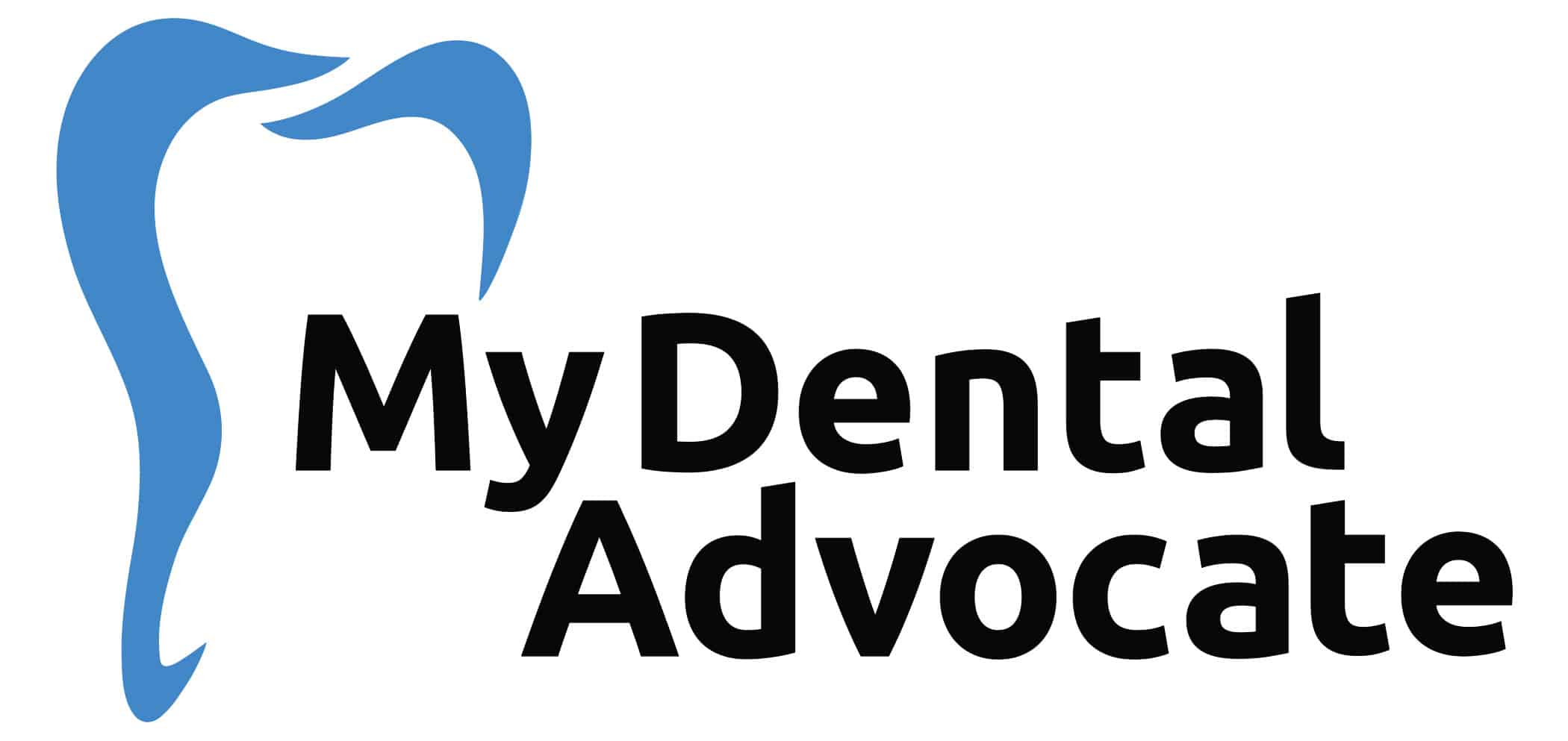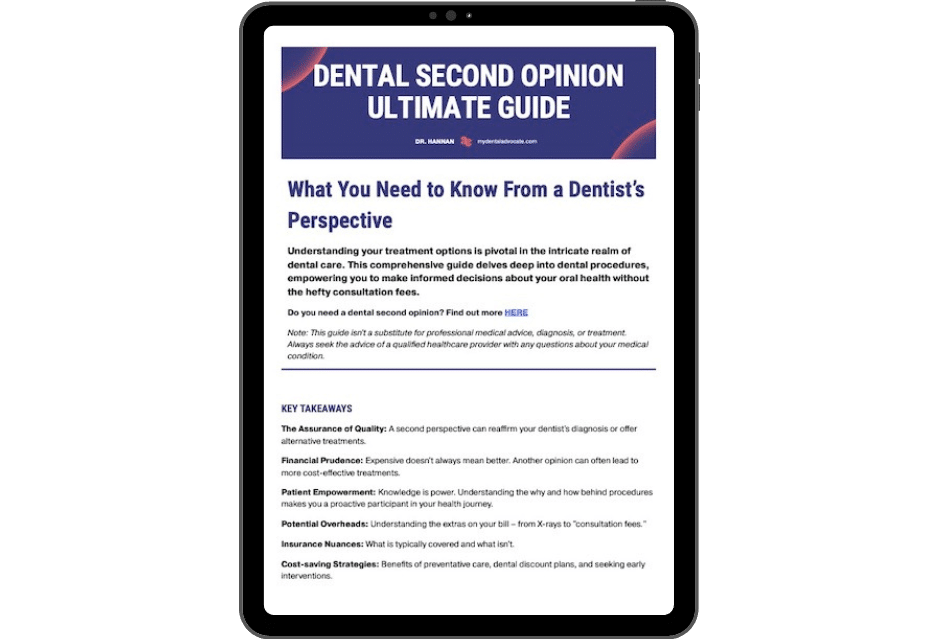Pediatric Dentist (Prevention, Treatment & Sedation)

Pediatric dentists specialize in preventing, managing, and treating dental diseases in children and patients with special needs.
After completing four years of dental school, they meet an additional 2 to 3 years of training and education specializing in kids’ dentistry.
Most general dentists receive limited training in managing children during dental treatment.
Related: Learn more about Kids DentistryUnderstanding Pediatric Dentistry
Although the dental office can be scary and intimidating for many kids, pediatric dentists seek comfort by outfitting their office with cartoons, famous movie characters, or kid-friendly artwork.
Pediatric dentists are also engaging and enthusiastic about developing rapport with the child and parent.
Healthy Kids Dental Habits
Children are like sponges; they soak up information from what they watch and hear. They’re influenced by tv shows, movies, computer games, books, and parents.
Parents play a crucial role in setting the foundation for children to develop good oral hygiene habits.
Brushing twice daily is recommended to remove all “sugar bugs” that cause cavities. Parents must be persistent with their children and encourage them to develop lasting habits.
Dentists also play a crucial role in educating and reinforcing good habits in children.
Pediatric dentists emphasize preventive dentistry. During their visit, the dental team will explain and teach the child what they’re doing to clean and repair teeth. Dental awareness and education encourage ownership of the child and their oral health.
Diet is another critical factor to consider.
Children should limit the number of sugary foods and drinks but, more importantly, limit the frequency of consumption to minimize contact time with teeth. If teeth are continually bathed with sugar, teeth are more prone to harbor bacteria that lead to gum inflammation and cavities.
Recommended Reading: Five Qualities of a Great DentistPreventive Kids Dentistry

Fluoride and sealants are two means that prevent tooth decay. As discussed before, cavity-causing bacteria flourish in dry, acidic mouth environments.
Their development leads to an acid attack on the tooth that demineralizes the enamel from the outside-in.
Fluoride works to repair weakened enamel and combat the progression of tooth decay.
Fluoride naturally occurs in tap water and is artificially applied in most toothpaste. Ensure your toothpaste has an American Dental Association (ADA) seal so your child receives fluoride benefits.
Of course, too much of anything is a bad thing. Some people are concerned about the effects of fluoride on the body; however, it’s been shown to be safe and effective at the daily recommended dose.
Sealants are tooth-colored coatings applied into pits and grooves on the chewing surface of permanent molars.
These areas are difficult to clean and prone to harboring bacteria that may lead to cavities. The application of sealants is pain-free and can be completed relatively quickly without any drilling.
After they’re cured, the clinician will confirm that all areas are sealed and protected. Sealants can last a lifetime; however, if they fall off, reapplication is necessary. Preventing cavities will eliminate pain, infection, and possibly tooth loss.
Recommended Reading: Baby Teething: Signs, Symptoms & SolutionsRecommended Reading:
- Pediatric Dentistry | The Ultimate Guide (Content Hub)
- What Is a Pediatric Dentist? (Read this FIRST)
- Silver Diamine Fluoride Treatment (What’s Involved?)
- Stainless Steel Crowns (Pros & Cons)
- Pediatric Dental Sedation (Helpful Guide)
- Fluoride Varnish vs. Fluoride Treatment (What’s the difference?)
- What is Early Childhood Caries (ECC)? Helpful Advice & Treatment
Kids Dental Treatment
If cavities are present, the child will need treatment to restore the tooth to its natural form. Pediatric dentists utilize many techniques to calm the child and complete safe dentistry without unnecessary harm.
They also evaluate eruption status, crowding, spacing, and jaw alignment issues. If teeth alignment is necessary, pediatric dentists work in conjunction with general dentists and orthodontists.
Common Dental Treatment
- Tooth-colored fillings
- Stainless steel crowns (SSC)
- Pulpotomy/pulpectomy
- Extractions
- Space maintainers
- Sedation dentistry
- Sealants
Stainless steel crowns (SSC) are necessary if the child has multiple decayed teeth, poor oral hygiene, or high cavity risk.
If decay is present, the clinician will trim the tooth and fit a SSC to protect the tooth from future decay, which allows the tooth to be functional and prevents premature loss that may lead to eventual crowding.
If decay advances to the pulp, the clinician will perform a pulpotomy or pulpectomy before fitting a SSC. If the tooth is non-restorable, an extraction will be necessary, followed by a space maintainer if holding the space is required.
Every tooth erupts at different times, so allowing enough room for the permanent tooth to fill in is essential.
Recommended Reading: First Dental Visit Expectations | KidsSedation Kids Dentistry

Pediatric dentists offer nitrous oxide (laughing gas) and sedation dentistry to help calm children during treatment.
Nitrous oxide is safe and effective, and children respond to instructions.
After treatment, oxygen is administered for 10 minutes to reestablish normalcy. Sedation dentistry will be advised if the child has limited success with nitrous oxide.
There are two types of sedation dentistry, oral conscious sedation and general anesthesia.
Conscious sedation is most common and requires the child to consume a sedative liquid before treatment.
The child’s vitals are monitored and recorded to verify their health throughout the procedure.
Often, the clinician can complete all the planned work in one sitting. After completion, the child is monitored and evaluated before leaving the office. General anesthesia is completed in a hospital setting if more significant sedation is needed or the patient is medically compromised.
Like conscious sedation, general anesthesia allows the clinician to accomplish all desired work in one sitting.
Recommended Reading: Baby Teething: Signs, Symptoms & SolutionsRecommendations
If your child is referred to a pediatric dentist, understand that your child will receive exceptional care while minimizing potential trauma.
The dental experience will have a lasting effect on the child, for better or worse. To maximize their success, talk to them about their upcoming visit, avoiding words such as pain, poke, hurt, and shot. Check with your dental insurance before your visit to confirm coverage and office assignment.
Related: Best MDA Recommended Products
My Experience & Expertise
Pediatric dentists work hard to provide a welcoming environment for children and their families.
Has your child recently been referred to a pediatric dentist? Are you aware of all the treatment options available?
My Dental Advocate’s team of board-certified dentists can provide a second opinion on your planned treatment. We look forward to bringing you peace of mind by verifying your treatment plan, suggesting an alternative, or answering your questions.
Need a second opinion? We can help! Learn more. Knowledge is power when cultivating healthy dental habits. The more informed you are, the better positioned you’ll be to prevent avoidable and potentially costly dental procedures for you and your family. Watch for future blog posts, where we’ll continue sharing important information, product reviews and practical advice!

About the Author
Dr. Matthew Hannan, also known as “Dr. Advocate,” is a board-certified dentist on a mission to provide accurate dental patient education. He attended Baylor University before completing dental school at UT Health San Antonio School of Dentistry. He now lives in Arizona with his beautiful wife and 4 kids. Dr. Hannan believes everyone should access easy-to-read dental resources with relevant, up-to-date dental research and insight to improve their oral health.

Connect with Dr. Hannan!
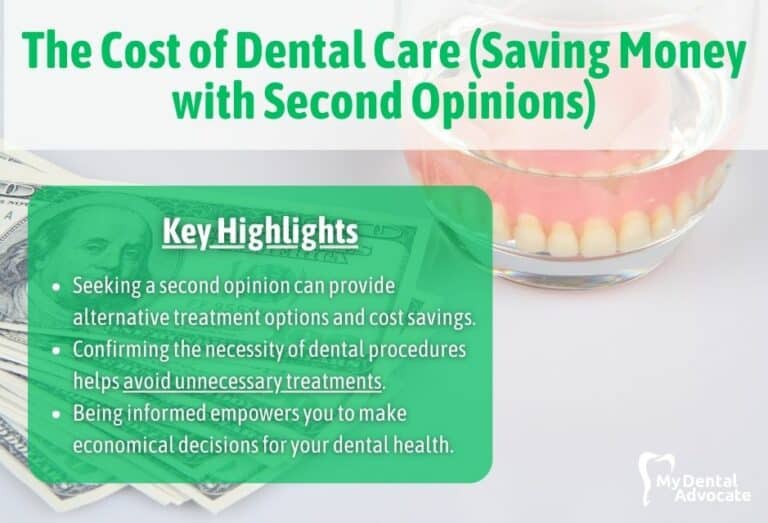
The Cost of Dental Care (Saving Money with Second Opinions)
Navigating the realm of dental care can often feel overwhelming. This is especially true when it comes to understanding the costs involved. Dental treatments can range from basic care to intricate procedures, each with its own price tag. Understanding how second opinions can impact dental care costs is an empowering step toward making informed and economical healthcare decisions.
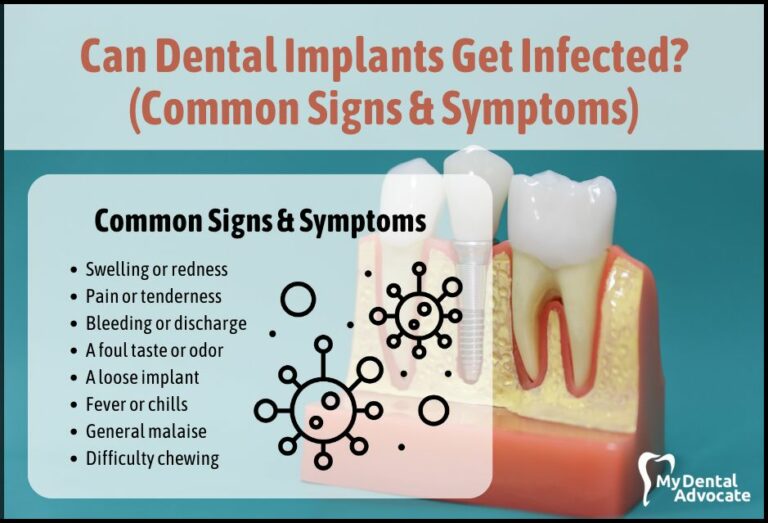
Can Dental Implants Get Infected? (Common Signs & Symptoms)
Imagine stepping out with a brand new, confident smile thanks to your dental implants. But wait, did you know even these cutting-edge solutions can sometimes face an unexpected challenge – infections?
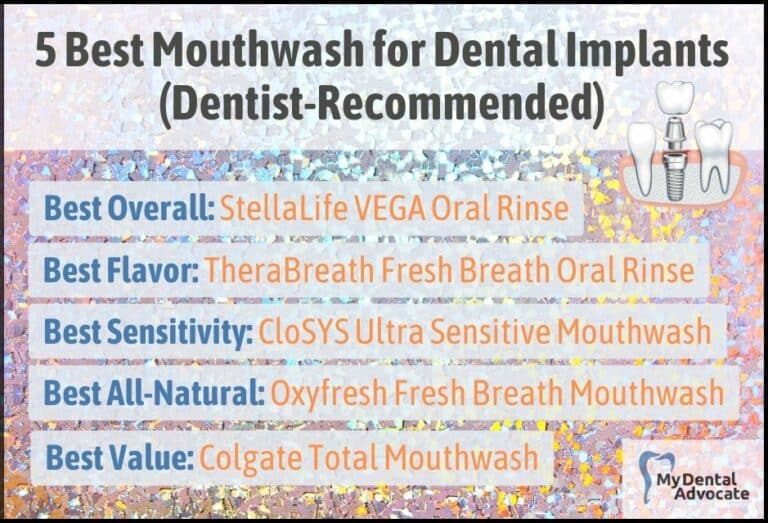
5 Best Mouthwash for Dental Implants 2024 (Dentist Recommended)
Maintaining optimal oral health is more crucial than ever for those who have decided to invest in dental implants. Dental implants, representing a significant advancement in dental technology, restore functionality and aesthetics and require particular care to ensure longevity.
Gain Clarity with Our FREE Second Opinion Guide
Receive clear, expert second opinions online within 48 hours. Start today!
Product Reviews
Our 250+ dental product reviews (and counting), curated by an experienced dentist, are the most comprehensive online.
Toothbrush Genie
State-of-the-art chatbot designed to help you discover your perfect toothbrush in just a few simple steps!
Cavity Risk Assessment
Cutting-edge digital tool designed to evaluate your individual cavity risk based on your responses to a series of questions.
Gum Disease Assessment
Discover your gum disease risk with our quick and engaging 6-question assessment!
